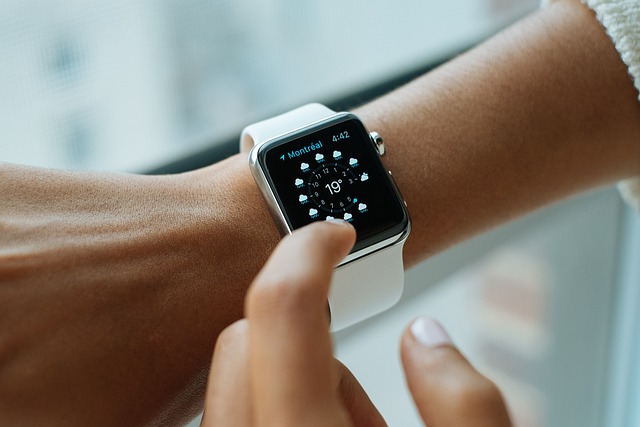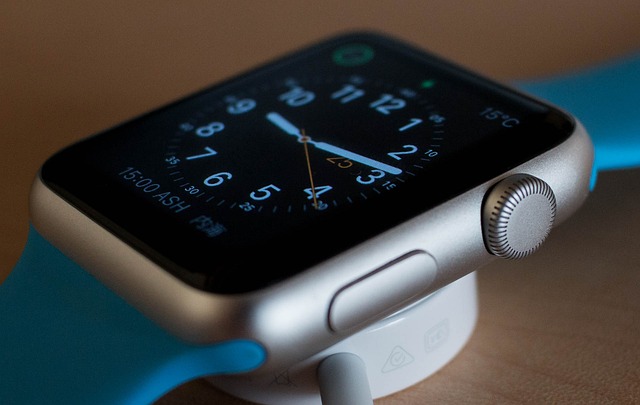Unfavorable criticism can be delightful, as Anton Vanity astutely kept in mind. This week, I obtained excellent satisfaction from enjoying Marques Brownlee’s respectful takedown of the Humane AI pin, which he identified “the most awful product I have actually ever assessed.” It’s not simply a service searching for a problem, however a future seeking its present moment.
The Humane AI pin, a cumbersome, AI-driven device worn on the lapel and regulated by voice and gestures instead of a screen, is fraught with problems. Some troubles, such as limited battery life, small overheating, and slow response times to queries, feel like kinks that might be smoothed out in a future variation. Nevertheless, deeper challenges stay: Can a projector interface with motion controls truly take on the convenience of a touchscreen, specifically for older customers or those not within the tech-savvy early adopter team? Perhaps this represents the future of computer, yet currently, a wearable AI that aims to replace your smartphone has actually restricted attraction.
However, this scenario prompted me to consider how the concept might be efficiently executed. The issue hinges on Humane’s attempt to completely upgrade the computing experience from the ground up. This needs convincing customers to embrace a brand-new interface and control system, deserting the familiar comforts and advantages of existing technology, specifically the smart device, which has been central to life for over a decade. Instead of creating a badge the size of a watch, why not just make use of a watch-sized watch?
When it introduced, the Apple Watch came across some uniqueness tests similar to those of the Humane AI pin, yet after nearly a years on the marketplace, it has actually come to be commonly approved. The principle and operation of a touchscreen smartwatch are currently familiar to many. A lot more notably, the Apple Watch replaced a gadget– the traditional watch– that has actually been around for about 200 years. The reaction to bring up one’s sleeve and eye a watch is nearly acquired behavior, and the idea of wearing a watch does not deter prospective clients for fear of appearing weird– a substantial consider customer habits that is often taken too lightly.
Unlike the Apple Watch, the Humane pin is a peculiar gizmo worn on the breast, including an electronic camera that can make others awkward. Such an uncommon tool can draw unwelcome interest.
 While the Apple Watch is not clearly marketed as an AI tool like the Humane pin, it still incorporates AI capabilities through Siri. As an example, I recently asked my Collection 9 Apple Watch concerning the height of the Eiffel Tower and received an exact action along with a photo. Nonetheless, when I asked about the following Manchester United game, the solution was incorrect, most likely due to a game postponement. This level of disparity mirrors that of the Humane AI pin, illustrating that the Apple Watch is certainly an AI gadget, albeit not an extremely dependable one.
While the Apple Watch is not clearly marketed as an AI tool like the Humane pin, it still incorporates AI capabilities through Siri. As an example, I recently asked my Collection 9 Apple Watch concerning the height of the Eiffel Tower and received an exact action along with a photo. Nonetheless, when I asked about the following Manchester United game, the solution was incorrect, most likely due to a game postponement. This level of disparity mirrors that of the Humane AI pin, illustrating that the Apple Watch is certainly an AI gadget, albeit not an extremely dependable one.
Looking in advance, the potential customers for improved AI functionality in the Apple Watch are appealing. As iOS continues to advance, so does watchOS. Upcoming technical innovations announced at this year’s WWDC are anticipated to enhance Apple’s whole item environment, with numerous customers confident for smarter capacities in Siri across the Mac, HomePod, Apple Watch, and iPhone. Additionally, any tasks refined via Apple’s cloud web servers are most likely to gain from more comprehensive AI renovations within the business.
Keep in mind that, while going over cloud abilities, Apple is showing an eager awareness of the benefits of on-device handling. The Humane AI pin relies greatly on web server connections to refine questions, resulting in delays and prospective concerns if there are connection troubles. On the other hand, this year’s apple iphone models are created to take care of many operations inside, minimizing reliance on remote servers. It stays unclear when the Apple Watch will embrace similar on-device processing, but it is likely that Apple will certainly prolong these abilities across its whole product array soon.
The Apple Watch boasts an extra refined design than the Humane pin, uses a more familiar control system, includes a legible screen, and supplies significantly better battery life. Additionally, its AI performances are presently similar to those of the Humane pin and are expected to improve substantially quickly, thanks to Apple’s higher focus on AI advancement and its substantial sources.
The actual benefit that the Apple Watch has more than the Humane AI pin is its smooth combination with the iPhone. Humane is ambitiously attempting to establish its gadget as a standalone substitute for smart devices, picking not to incorporate it with other tools. As a result, the AI pin does not have accessibility to vital functions and data: it can not recover text sent out to your phone, view your schedule, manage your clever home tools, or link to your Uber, Spotify, and Amazon accounts, among others– solutions that smartphones comfortably combine.
In contrast, the Apple Watch attaches effortlessly with all these solutions. It’s simple to see just how, in a few years, the Apple Watch can carve out a new function for itself as a mobile AI buddy. It is one of the most straightforward of all Apple products; for instance, I usually set timers on my watch rather than my phone because it’s immediately obtainable on my wrist. If Siri boosts and ends up being extra reliable– a substantial “if”– after that the Apple Watch has all the essential components to succeed.
At the same time, the Humane AI pin seems to do not have a viable future, struggling to find its place in an ecosystem dominated by even more incorporated gadgets.

